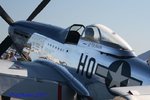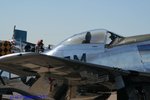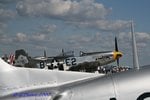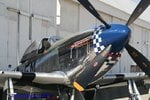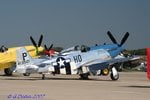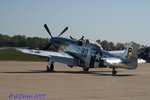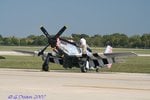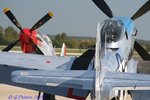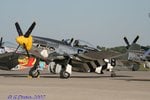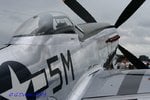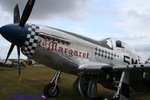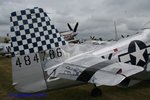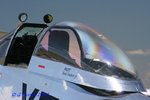Crimea_River
Marshal
Hi all,
I'm sure this has probably been discussed ad nauseum somewhere but my search has come up inconclusive.
I'm trying to figure out whether I should include an antenna wire on my P51 D-5. Some references show antenna wire from top of tail fin to back of seat head rest thru the canopy hood for the SCR-274N radio set on a later model D-20 machine. A study of many photos show some Mustangs with and many without but the ones with the wire all seem to be later model and post war machines.
Can anyone give me the low-down on this wire? When was it used? Which models or time it was introduced?
Thanks a lot.
I'm sure this has probably been discussed ad nauseum somewhere but my search has come up inconclusive.
I'm trying to figure out whether I should include an antenna wire on my P51 D-5. Some references show antenna wire from top of tail fin to back of seat head rest thru the canopy hood for the SCR-274N radio set on a later model D-20 machine. A study of many photos show some Mustangs with and many without but the ones with the wire all seem to be later model and post war machines.
Can anyone give me the low-down on this wire? When was it used? Which models or time it was introduced?
Thanks a lot.

